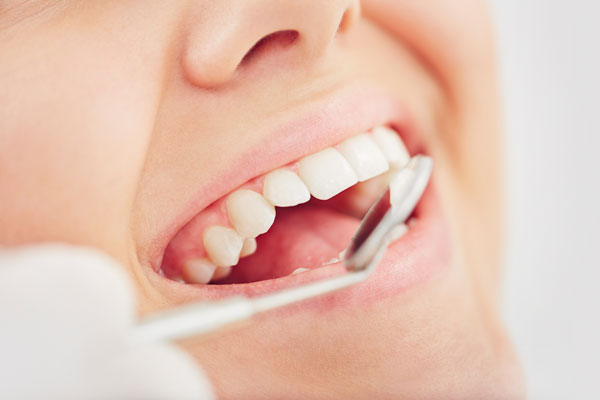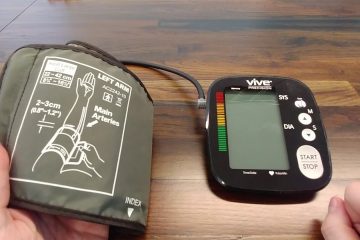Different Styles of Brushing Your Teeth and Their Effect On Oral Health

Maintaining good oral hygiene requires learning the correct brushing methods and selecting the appropriate toothbrush. Several toothbrushing techniques can have a big influence on your oral health by efficiently eliminating plaque and avoiding dental problems including gum disease and cavities, says dental care in Brookline. In this article, we will discuss the different toothbrushing methods to assist you in maintaining the best possible oral health:
1. Modified Bass Technique
This technique is recommended by many dental professionals as a very effective method of cleaning the gums and in between your teeth. Place the toothbrush at a 45-degree angle against your gums. Brush up and down with short strokes, keeping the bristles held against your teeth at a 45-degree angle. This technique aids in the removal of plaque from under the gum line and lowers your probability of degeneration of gums by restoring gingival health.
2. Circular or Fones Technique
This method is simple and adapted for people of all ages, children in particular can benefit a lot from it as well as of course individuals with sensitive gums. Hold the toothbrush at 90 degrees with your teeth and make a small circular motion. Remember to apply with gentle pressure, and cover all surfaces of the teeth. It cleans thoroughly, is kind to the gums, and is also ideal for those with braces;
3. Rolling or Adapted Stillman Method
This method is best suited for people with exposed tooth roots or recession-prone gums since it efficiently cleans teeth while reducing gum discomfort. Hold the toothbrush so that it covers the teeth and gums at a 45-degree angle. Apply brief rolling back-and-forth strokes in the direction of the teeth’s biting edge. It helps clean exposed tooth roots painlessly, lessens the chance of abrasion, and is gentle on delicate gums.

4. Charter’s Method
This method is designed to clean the gingival sulcus which is a small gap between your teeth and gums where plaque has no place. Hold the toothbrush at a 45-degree angle toward the gum line and gently vibrate or roll the brush back and forth in small strokes. This technique works on harder-to-reach areas of the gum line where plaque tends to build up and lowers the risk of developing gingivitis and gum disease.
5. Bass-Sulcular Technique
This method offers extensive cleaning of the gumline and tooth surfaces. This technique is an amalgamation of Bass and Charter`s techniques. Begin with the Bass method (45 degrees to gums, short vibratory strokes) and sweep brush along gumline probing in sulcus movement.
More Information On Proper Tooth brushing
- Time of Brush: It is recommended to brush for 3 minutes in the morning and before going to bed every day.
- Brush Head: Use a manual toothbrush that has soft bristles and change it every 3 to 4 months or sooner if the tip of the brush is getting fanned out.
- Flossing: Integrate daily flossing to remove any particles between teeth and along the gumline, that a toothbrush can’t reach efficiently.
Maintaining a healthy smile and avoiding dental issues need learning various toothbrushing techniques and brushing methods. Regardless of your preference for the gentle circular motions of the Fones technique or the gum-focused cleaning of the Bass technique, keeping regular oral hygiene habits and selecting the appropriate brushing style can positively impact your overall dental health. For individualized advice on brushing methods and oral hygiene practices catered to your unique dental requirements, speak with your Brookline dentist. You may get a cleaner, healthier mouth and have a confident smile for years to come by investing in good oral hygiene practices.









